Top 10 Most Dangerous Animals in the World
 |
| Top 10 Most Dangerous Animals in the World |
The List of top 10 most dangerous and deadliest animals on Earth
#1. Human
#2. Mosquito
#3. Tsetse Fly
#4. Saltwater Crocodile
#5. Stonefish
#6. Sydney Funnel-Web Spider
#7. Black Mamba
#8. Pufferfish
#9. Indian Saw-Scaled Viper
#10. Box Jellyfish
What are the Most Dangerous Animals in the World?
#10. Box Jellyfish
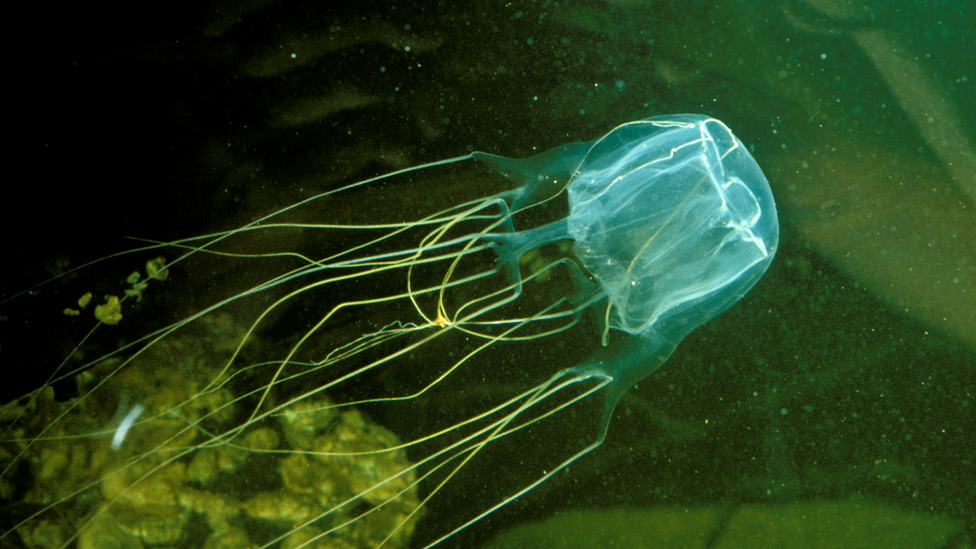 |
| Photo: BBC |
This creature is one of 10 most dangerous animals on earth. It lives in the oceans and seas in the Austrian and Asian continents. Since the 1950s, about 6,000 people have been killed. The poisons found in this organism harm human skin, nervous system and heart. There are 60 touching poisonous needles in the body of box jellyfish. Although it is not an aggressive animal, it uses its own zoos to defend against nutrition and attack from outside.
One of the most interesting aspects of this creature is the 24-eyed look. The box jellyfish, capable of advancing at a speed of 150 cm per second, is able to produce approximately 350 times more poison from a normal jellyfish. This jellyfish can cause a paralysis by giving a feeling of pain and burning when a person is stung. Particularly, these creatures are the biggest reason why surfers wear clothes that completely enclose their body. Wearing leads to the danger that this creature can create.
Where to find them: Off the northern coast of Australia
#9. Indian Saw-Scaled Viper
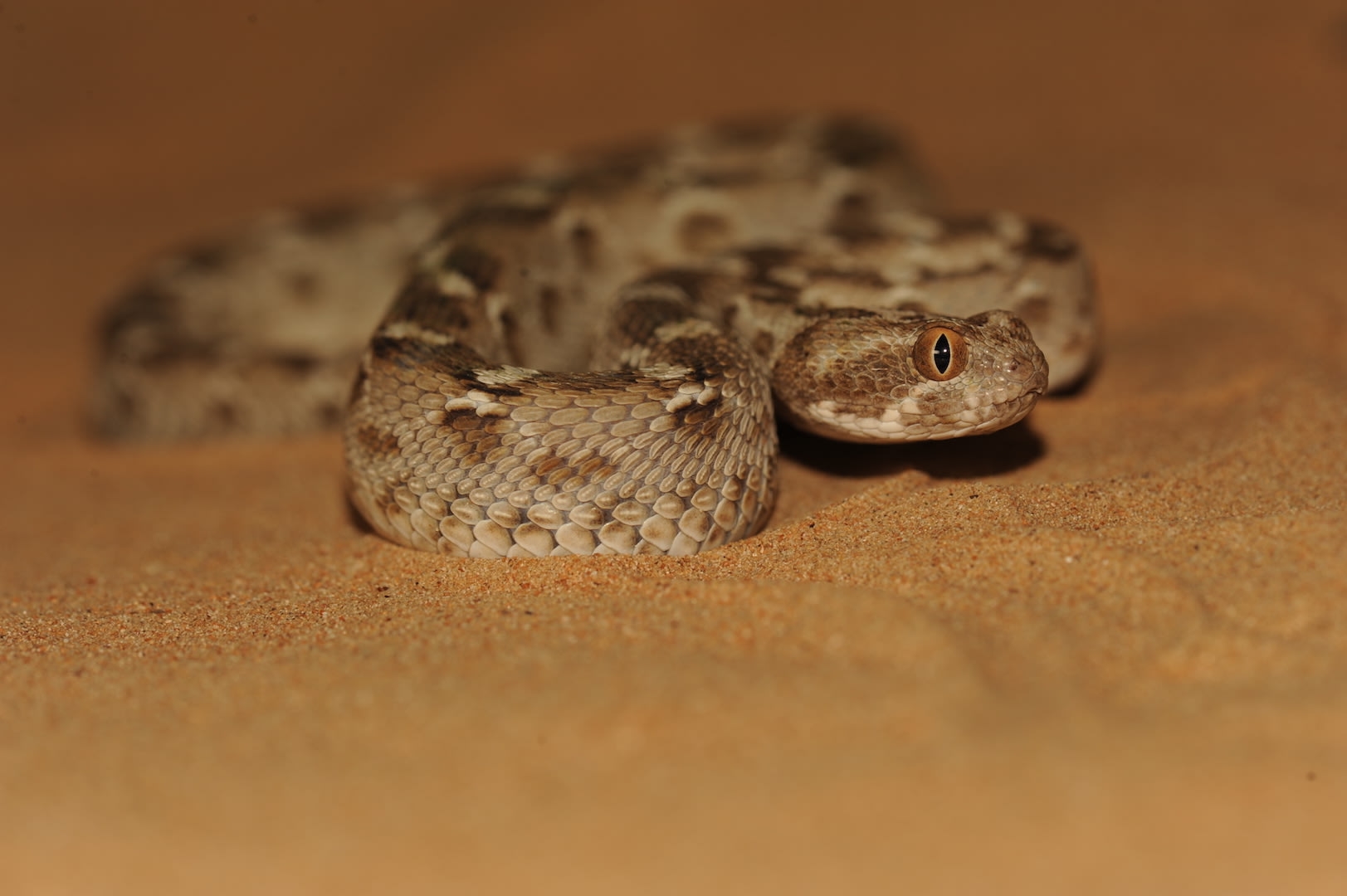 |
| Photo: RoundGlass Sustain |
The Indian saw-scaled viper is one of the most lethal snakes in the world. It is touted as being the most lethal. As it is responsible for more human deaths than all other venomous snake related deaths combined, each year. 20% of bitten and untreated victims die! This average is due to the snake’s bad temperament and propensity to bite… repeatedly.
These enigmatic vipers get their name from rows of strongly keeled scales along their sides, which are oriented upward as opposed to backward, which is the norm in most snakes. When threatened, the saw-scaled viper bunches its body into a tight ‘S’ shape, and moves to rub these scales together, creating a raspy sound, much like a tiny saw. It’s truly a spectacle to watch these little snakes create such a signature sound with their scales. The process by which animals rub body parts together to make sounds is called stridulation.
Where to find them: Parts of the Middle East, Central Asia, and the Indian subcontinent
#8. Pufferfish
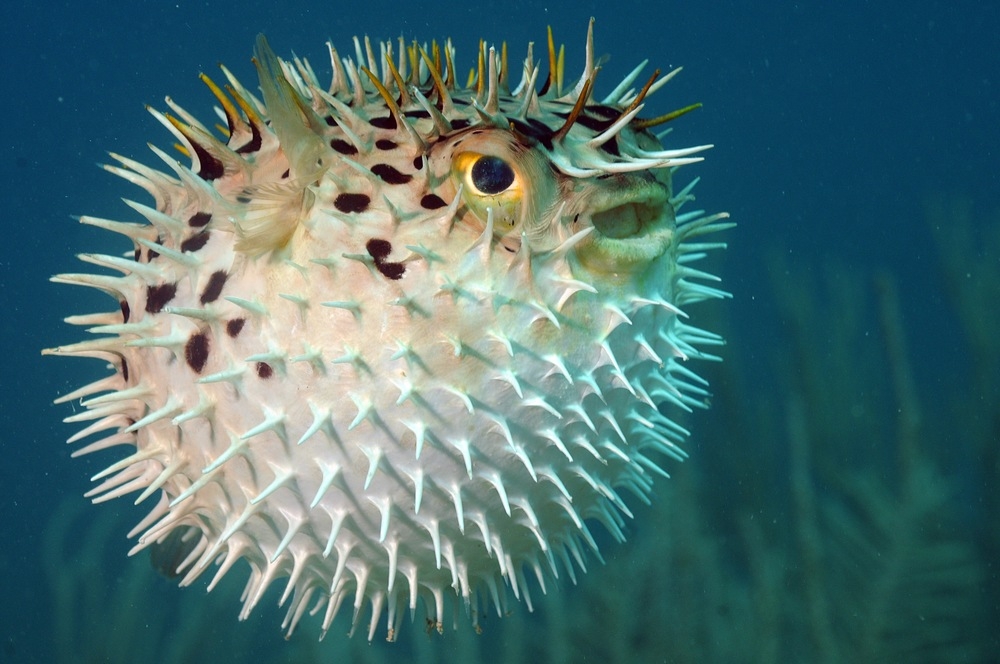 |
| Photo: Monterey Boats |
They may be extremely cute looking but pufferfish are the second most poisonous vertebrate in the world, after the golden poison frog. Certain internal organs, such as liver and eyes, and sometimes the skin, contain tetrodotoxin, a substance that makes them foul tasting and often lethal to fish.
To humans, tetrodotoxin is deadly, up to 1,200 times more poisonous than cyanide. There is enough toxin in one pufferfish to kill 30 adult humans, and there is no known antidote.
Amazingly, the meat of some pufferfish is considered a delicacy in Japan and is called fugu. It is extremely expensive and only prepared by trained, licensed chefs who know that one bad cut means almost certain death for a customer. Despite this, many such deaths occur annually! Have a look at the video below about how carefully it is prepared and how its eaten.
Where to find them: Around Japan, China, and the Philippines
#7. Black Mamba
 |
| Photo: FOX59 |
Though species like the boomslang or the king cobra are dangerous thanks to their respective poisons, the black mamba is especially deadly due to its speed. The species (which can grow up to 14 feet long) is the fastest of all snakes, slithering at speeds of up to 12.5 miles per hour, which makes escaping one in remote areas that much more difficult. Thankfully, black mambas usually only strike when threatened—but when they do, they’ll bite repeatedly, delivering enough venom (a blend of neuro- and cardiotoxins) in a single bite to kill ten people. And if one doesn’t receive the correlative antivenom within 20 minutes, the bites are almost 100 percent fatal.
Where to find them: The savannas and rocky areas of southern and eastern Africa
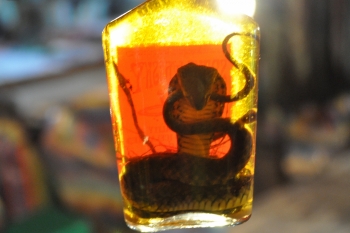 Snake Wine - One of the World's Weirdest Drinks in VietNam Snake Wine - One of the World's Weirdest Drinks in VietNam |
#6. Sydney Funnel-Web Spider
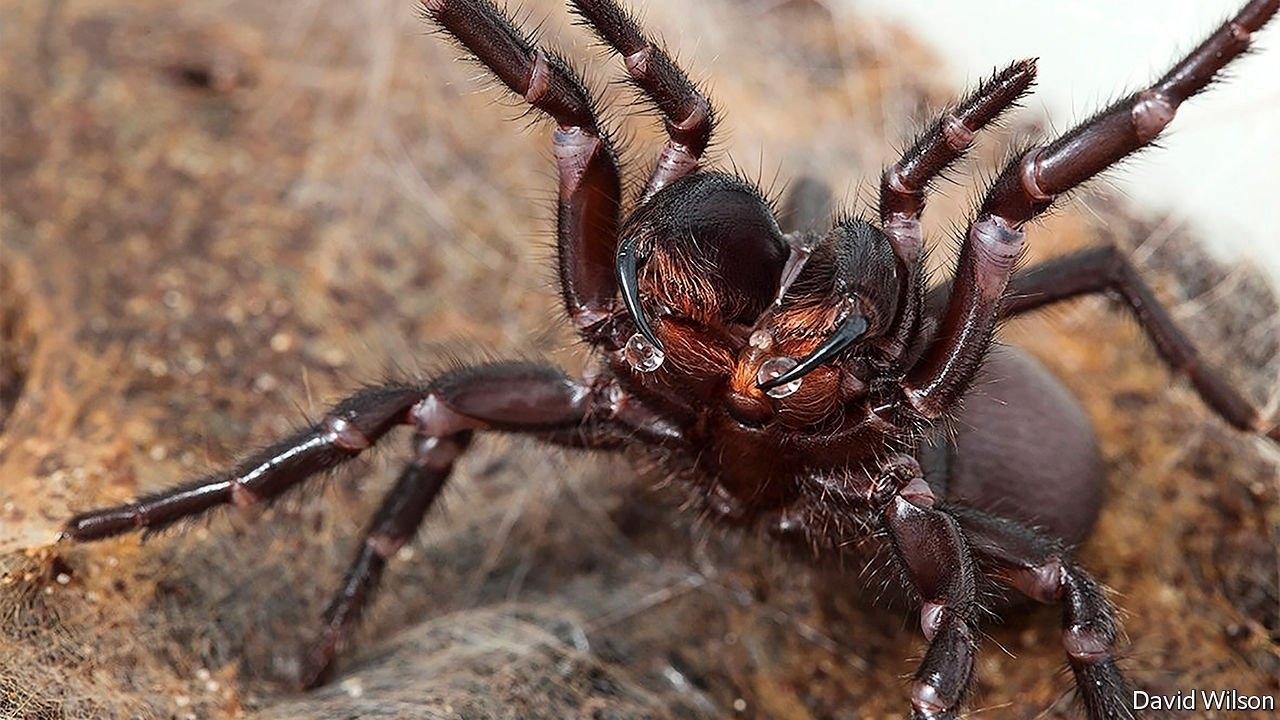 |
| Photo: Economist |
These spiders like to live about 20 cm below the soil and express themselves by forming a funnel-shaped net into the nest mouths. This spider, which is also living in Sydney, is quite gracious and attacks immediately without thinking against the person or creature it sees as the enemy. The funnel web spider has the ability to jump up to 2 meters in height and can grow up to 3 cm in size. The funnel spider is commonly seen in January and March, and kills the poisoned person or creature within 30 minutes. After this spider has attacked a human, there is a fairly short time to intervene.
Where to find them: The eastern and southern coasts of mainland Australia, plus Tasmania
#5. Stonefish
The stonefish holds the title of most venomous fish in the sea. The name “stonefish” refers to one of several fish in the genus Synanceia within the family Synanceiidae. If we take one further taxonomic step backward, they are in the order Scorpaeniformes, which includes some other well-known ocean residents, like lionfish, lumpsuckers and sculpins.
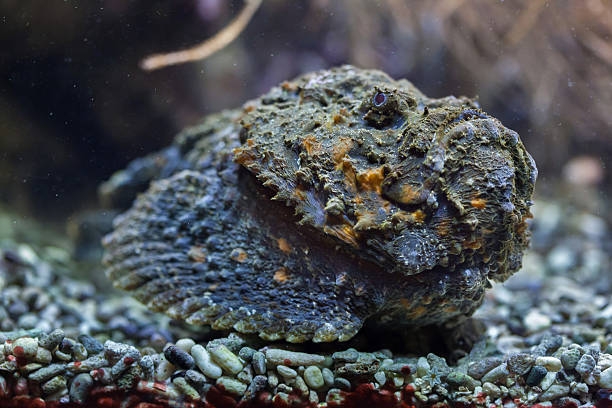 |
| Photo: iStock |
Stonefish are found in rocky or muddy bottoms of marine habitats in the Indo-Pacific region. They have excellent camouflage—their bodies are typically brown with orange, yellow or red patches and are textured to resemble the surrounding rocks or coral. You could swim right by a stonefish and never know it was there! Stonefish use this to their advantage while hunting, and will wait for fish to swim by then swiftly attack and swallow their prey.
Now, you might be thinking … ”I don’t love the idea of being next to the most venomous fish in the world and not know it.” And you’re right! You definitely don’t want to be surprised by this guy. The good news is that stonefish use their spines defensively, NOT offensively, so the fish won’t go out of its way to attack you.
Where to find them: Coastal Indo-Pacific Ocean, The Red Sea, and the Great Barrier Reef
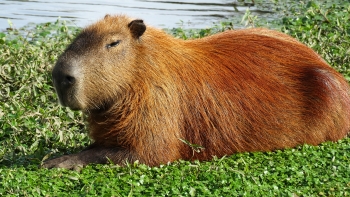 Capybara -The Strangest Animal In The World Capybara -The Strangest Animal In The World |
#4. Saltwater Crocodile
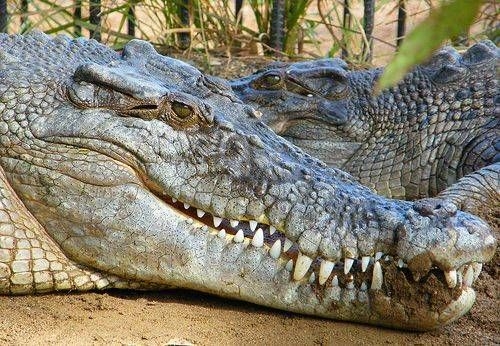 |
| Photo: Pinterest |
Florida's alligators may be scary, but they have nothing on their cousin, the fearsome crocodile, which is more short-tempered, easily provoked, and aggressive toward anything that crosses its path. Of all the species in the world, the largest—and most dangerous—is the saltwater crocodile. These ferocious killers can grow up to 23 feet in length, weigh more than a ton, and are known to kill hundreds each year, with crocodiles as a whole responsible for more human fatalities annually than sharks. Saltwater crocodiles are especially dangerous as they’re excellent swimmers in both salt and freshwater and can strike quickly with a bite delivering 3,700 pounds per square inch of pressure. If that’s not enough to scare you, put it in perspective: Humans chomp into a well-done steak at around 200 psi, a mere five percent of the strength of a saltie's jaw.
Where to find them: The Indo-Pacific region ranging from parts of India and Vietnam, all the way to northern Australia
#3. Tsetse Fly
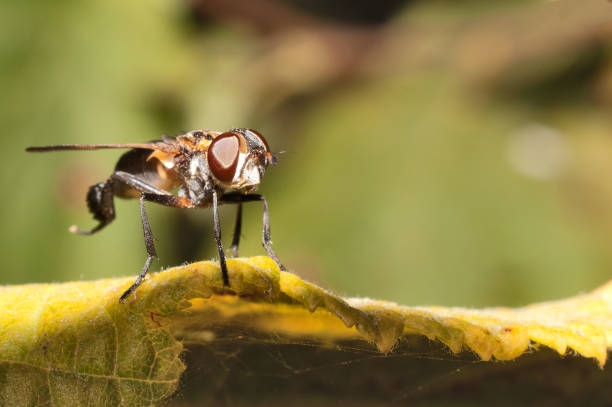 |
| Photo: iStock |
Often regarded as the world’s most dangerous fly, the tsetse fly—a small speck of insect that measures between 8 to 17 mm, or about the same size as the average house fly—is commonly found in Sub-Saharan Africa, especially throughout countries in the center of the continent. While the flies themselves are nasty bloodsucking bugs that usually feed during the peak warm hours, their true terror lies in the protozoan parasites they spread known as Trypanosomes. These microscopic pathogens are the causative agent of African Sleeping Sickness, a disease marked by neurological and meningoencephalitic symptoms including behavioral changes, poor coordination, as well as the disturbances in sleeping cycles that give the illness its name.
If untreated, the condition can be fatal. While there are no vaccines or medications available to prevent infection, methods of protection include wearing neutral-colored clothing (the tsetse fly is attracted to bright and dark colors, especially blue), avoiding bushes during the day, and using permethrin-treated gear in more remote areas.
Where to find them: The Sudans, the Democratic Republic of the Congo, and Angola
#2. Mosquito
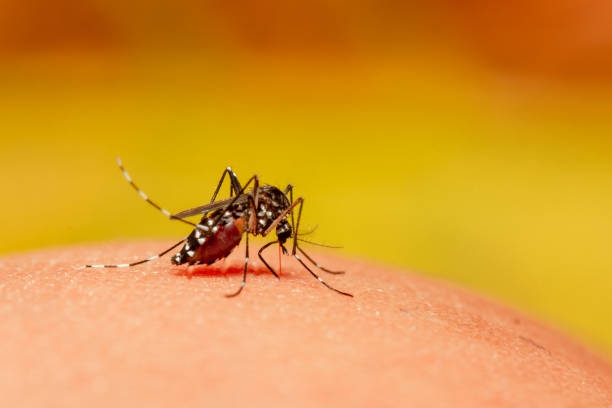 |
| Photo: iStock |
Mosquitoes are certainly one of the most annoying and obnoxious insects in the animal kingdom, but are they also the second deadliest animal in the world? Mosquitoes are dangerous and hazardous to your health because they are known carriers of many harmful diseases. You might scoff at first, but Malaria, a mosquito-borne parasite, killed more than 400,000 people in 2015 alone, and approximately 3.2 billion people (or about half of the world’s current population) are currently at risk of the disease worldwide according to the World Health Organization (WHO).
Malaria is just one of the many diseases that mosquitoes are known to carry. With other illnesses such as the Zika virus and West Nile virus hitting a bit closer to home, it’s more important than ever to be vigilant about mosquito control for your home. Today, we’ll discuss how dangerous mosquitoes really are, how you can prevent them, and much more.
What Diseases Do Mosquitoes Carry?These insects are common far and wide, so the illnesses that they carry are extremely varied. Mosquitoes can carry and transmit: Zika virus, West Nile virus, Yellow Fever, Dengue, Encephalitis. Aside from viruses, mosquitoes are also known carriers of many different parasites that can make you or your loved ones ill, such as Malaria and dog heartworm. Although some of these diseases and parasites are more dangerous than others, it’s important to protect yourself altogether. |
Where to find them: Every region on the planet except Antarctica
#1. Human
Surprised? After all, we’re animals too, and since we’ve been killing each other for 10,000 years, with the total deaths from war alone estimated at between 150 million and 1 billion (and that was a decade ago), it’s a no-brainer that we top the list.
 |
| Photo: iStock |
Though human beings are said to be living in the most peaceful period now than at any other time in our history, we still assault each other with incredibly high rates of senseless brutality, from gun violence to terrorist attacks around the globe. We're dangerous to other animals, too—think global warming, the destruction of forests and coral reefs, and overtourism. Given the threat we pose to countless other creatures—and the fact that we often act irrationally and have the capacity to annihilate our entire planet with a host of horrifying weapons like nuclear devices and genetically-modified superbugs—we are squarely atop the list as the most dangerous animal in the world.
READ MORE: Top 10 Most Beautiful Animals in the World
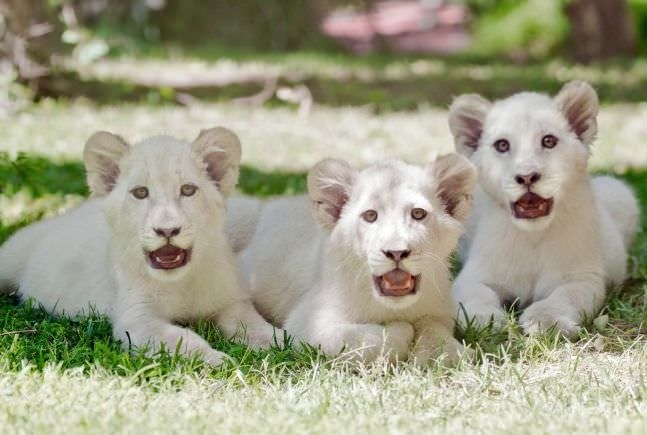 Top 10 Most Expensive Animals In The World Today Top 10 Most Expensive Animals In The World Today Animals are human’s friends so many of us are ready to spend a large amount of money buying animals. ... |
 Amazing Facts About Black-Mained Lion Amazing Facts About Black-Mained Lion There are strong, huge and wonderful predators in the wild, and black-maned lions are one of them. They have been considered extremely beautiful and attractive ... |
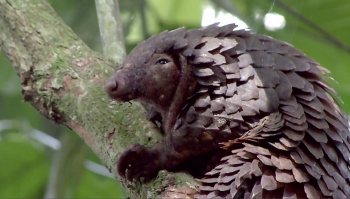 Pangolin - The Strangest Animal In The World Pangolin - The Strangest Animal In The World Pangolins are insect-eating mammals covered in tough, overlapping scales. Pangolins are considered one of the world's strangest animals. |


























